SCIENTIFIC JOURNALS
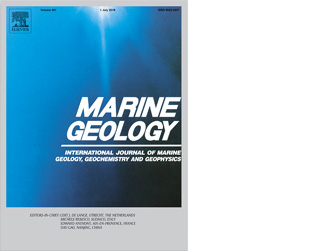
Authors: Hector Perea, Eulàlia Gràcia, Sara Martínez-Loriente, Rafael Bartolomé, Laura Gómez de la Peña, Ximena Moreno, Claudio Lo Iacono, Susana Diez, Olvido Tello, María Ballesteros, Ben de Mol and Juanjo Dañobeitia
Year : 2018
Journal: Marine Geology, 399, 23-33
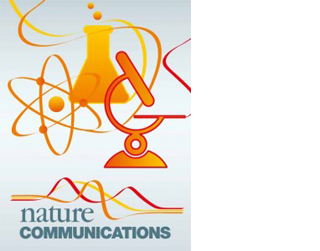
Authors: Eulàlia Gràcia, Ingo Grevemeyer, Rafael Bartolomé, Hector Perea, Sara Martínez-Loriente, Laura Gómez de la Peña, Antonio Villaseñor, Yann Klinger, Claudio Lo Iacono, Susana Diez, Alcinoe Calahorrano, Miquel Camafort, Sergio Costa, Elia d’Acremont, Alain Rabaute and César R. Ranero
Year : 2019 (Accepted July 2019)
Journal: Nature Communications
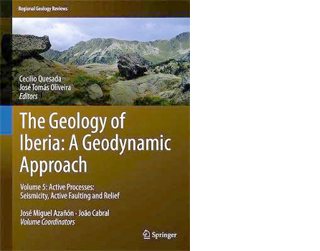
Authors: Hector Perea, Eulàlia Masana and José Luis Simón
In: The Geology of Iberia: A Geodynamic Approach (Eds. C. Quesada and J.T. Oliveira)
Volume 5: Active Processes: Seismicity, Active Faulting and Relief (Coord. J.M. Azañón and J. Cabral)
Year : 2020
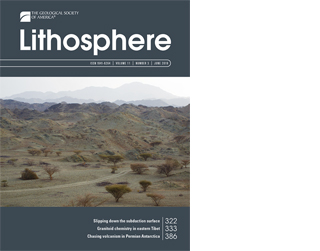
Authors: Yuval Levy, Tom K. Rockwell, John H. Shaw, Andreas Plesch, Neal W. Driscoll and Hector Perea
Year: Submitted in July 2019
Journal: Lithosphere
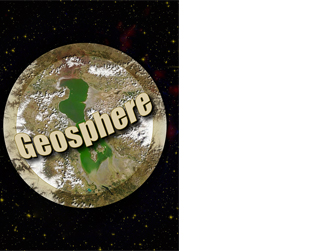
Authors: Hector Perea, Gülsen Ucarkus, Neal Driscoll, Graham Kent, Yuval Levy and Thomas Rockwell
Year: Resubmitted in summer 2019
Journal: Geosphere
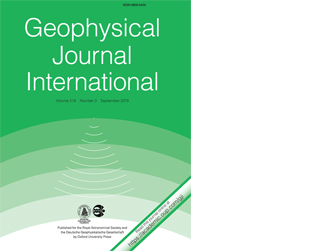
Authors: Rodrigo León, Hector Perea, Pierre Lacan, Ramón Zuñiga and María Ortuño
Year: To submit in fall 2019
Journal: Geosphysical Journal International
ABSTRACTS TO CONGRESSES
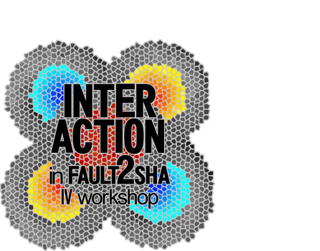
Authors: Hector Perea, James Holmes and Neal Driscoll.
Meeting: Fault2SHA 2019 workshop in Barcelona (Spain).
We presented an interpretation of the high-resolution seismic 3D seismic dataset in the offshore Southern California between Los Angeles and San Diego. The results show the presence of a complex fault system developed in a shear zone along the Newport-Inglewood Rose Canyon fault.

Authors: Eulàlia Gràcia, Ingo Grevemeyer, Rafael Bartolomé, Hector Perea, Sara Martínez-Loriente, Laura Gómez de la Peña, Antonio Villaseñor, Yann Klinger, Claudio Lo Iacono, Susana Diez, Alcinoe Calahorrano, Miquel Camafort, Sergio Costa, Elia d’Acremont, Alain Rabaute and César R. Ranero.
Meeting: Fault2SHA 2019 workshop in Barcelona (Spain).
We report evidence of left-lateral strike-slip displacement along the Al-Idrissi fault, characterize their fault segments and demonstrate that the fault was the source of the 2016 events.
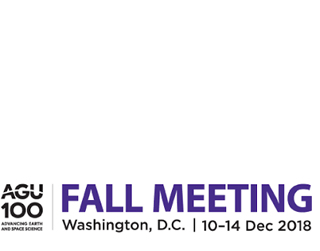
Authors: Hector Perea, James Holmes and Neal Driscoll.
Meeting: AGU 2018 Fall meeting in Washington DC (US).
We presented a preliminary interpretation of the high-resolution seismic 3D seismic dataser in the offshore along the Newport-Inglewood Rose Canyon fault, in the offshore Southern California between Los Angeles and San Diego.

Authors: James Holmes, Hector Perea, Neal Driscoll and Graham Kent.
Meeting: AGU 2018 Fall meeting in Washington DC (US).
Using state-of-the-art 3D geophysical tools, we have created high-resolution maps of structures along the Newport-Inglewood Rose Canyon fault. Using these maps we show examples of how fault segments tend to distribute strain and the crustal deformation that is created in the process. .
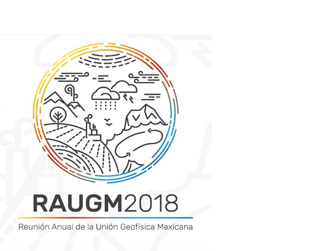
Authors: Rodrigo León, Pierre Lacan, Hector Perea, María Ortuño and Ramón Zuñiga.
Meeting: RAUGM 2018 Annual Meeting in Puerto Vallarta (Mexico).
A study of the Coulomb stress transfer has been done to show the influence of the 1912 Acambay earthquake, produced in the Acambay fault in the Trans-Mexican Volcanic Belt, to understand the distribution of the regional seismicity after the earthquake and reveal the faults that accumulated stress due to this event and that could be close to rupture in a future event.
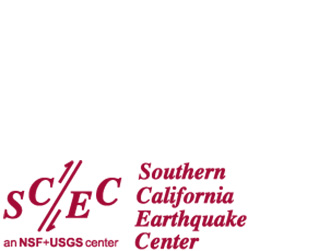
Authors: Yuval Levy, Tom Rockwell, John Shaw, Andreas Plesch, Neal Driscoll and Hector Perea.
Meeting: SCEC 2018 Annual Meeting in Palm Springs (US).
To test different interpretations for the evolution and structure of the WTR, we used Trishear forward modelling. The Trishear models are a good first-order match to published geologic maps and well data. The modelling of multiple cross-sections argues that all of the observed deformation can be explained by an evolving fold and thrust belt, which includes a regionally extensive decollement underlying the observed thrusts and folds.
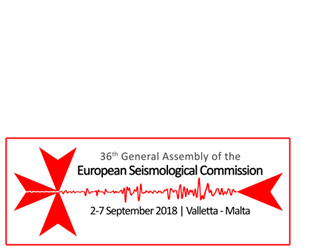
Authors: Eulàlia Gràcia, Ingo Grevemeyer, Rafael Bartolomé, Hector Perea, Sara Martínez-Loriente, Laura Gómez De La Peña, Antonio Villaseñor, Miquel Camafort, Cristina Sanchez Serra and César R. Ranero.
Meeting: ESC 2018 General Assembly in Valletta (Malta).
We report evidence of left-lateral strike-slip displacement in the Al-Idrissi fault, characterize their fault segments and demonstrate that this is a basement fault and the source of the 2016 earthquake events. Located along a lithospheric boundary, the Al-Idrissi Fault System is a young structure.

Authors: Hector Perea, Gülsen Ucarkus, Neal Driscoll, Graham Kent and Thomas Rockwell.
Meeting: SSA 2017 Annual Meeting in Denver (US).
We presented the preliminary results on the Quaternary active tectonic deformation in the offshore between Ventura and Santa Barbara cities using high-resolution CHIRP seismic data.

Authors: Eulàlia Gràcia, Rafael Bartolomé, Hector Perea, Sara Martínez-Loriente, Laura Gómez De La Peña, Miquel Camafort, Claudio Lo Iacono, Cristina Sanchez Serra, William Meservy, Eulàlia Masana, Ingo Grevemeyer and César R. Ranero.
Meeting: Iberfault 2018 in Alicante (Spain).
We present an overview of the three largest continental strike-slip fault systems in the Alboran Basin: Carboneras, Yusuf and Al-Idrissi. Our dataset results from an integration of different types of acoustic and seismic data. This data is used to map and characterize better the active fault systems.

Authors: Yuval Levy, Tom Rockwell, John Shaw, Andreas Plesch, Neal Driscoll and Hector Perea.
Meeting: SSA 2018 Annual Meeting in Miami (US).
To test different interpretations for the evolution and structure of the WTR, we used Trishear forward modelling. The Trishear models are a good first-order match to published geologic maps and well data. The modelling of multiple cross-sections argues that all of the observed deformation can be explained by an evolving fold and thrust belt, which includes a regionally extensive decollement underlying the observed thrusts and folds.
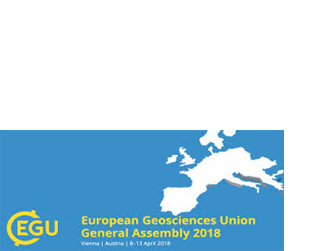
Authors: Laura Gómez de la Peña, César Ranero, Eulàlia Gràcia, Hector Perea, Guillermo Booth-Rea and Jose Miguel Azañón.
Meeting: EGU General Assembly 2018 in Vienna (Austria).
In this study, we estimate the total slip accommodated by the most prominent tectonic structures in the Alboran sea since the earliest Pliocene. Results show that estimated total slip accommodated by the main fault system may be similar (with error bounds) to the estimated plate convergence value since the Messinian time.
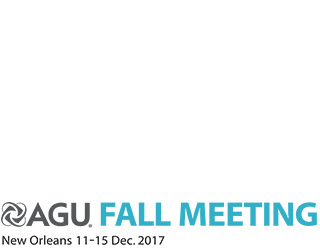
Authors: Hector Perea, Gülsen Ucarkus, Neal Driscoll, Graham Kent, Yuval Levy and Thomas Rockwell.
Meeting: AGU 2017 Fall meeting in New Orleans (US).
We presented the final interpretation of the high-resolution seismic CHIRP profiles and the mapped offshore geological Holocene active structures in the offshore between Ventura and Santa Barbara cities.
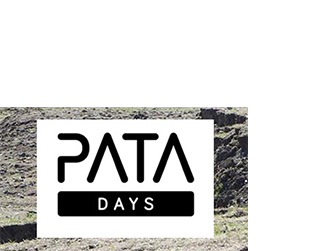
Authors: Hector Perea, Gülsen Ucarkus, Neal Driscoll, Graham Kent, Yuval Levy and Thomas Rockwell.
Meeting: PATA 2017 Annual Meeting in Blenheim (New Zealand).
We presented the high-resolution seismic CHIRP profiles and the analysis of the Holocene deformation events (paleoearthquakes) in different folding and faulting systems in the offshore between Ventura and Santa Barbara cities.

Authors: Hector Perea, Gülsen Ucarkus, Neal Driscoll, Graham Kent, Yuval Levy and Thomas Rockwell.
Meeting: SCEC 2017 Annual Meeting in Palm Springs (US).
We presented the high-resolution seismic CHIRP profiles showing Holocene active tectonic deformation in the offshore between Ventura and Santa Barbara cities.

Authors: Hector Perea, Gülsen Ucarkus, Neal Driscoll, Graham Kent and Thomas Rockwell.
Meeting: SSA 2017 Annual Meeting in Denver (US).
We presented the preliminary results on the Quaternary active tectonic deformation in the offshore between Ventura and Santa Barbara cities using high-resolution CHIRP seismic data.
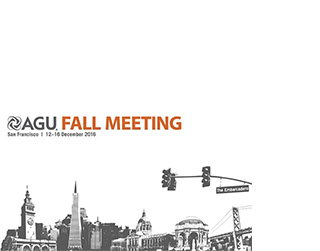
Authors: Hector Perea, Eulàlia Gràcia, Rafael Bartolomé, Sara Martínez-Loriente, Laura Gómez de la Peña, Ximena Moreno, Claudio Lo Iacono, Susana Diez, Olvido Tello, María Ballesteros, Ben de Mol and Juan José Dañobeitia.
Meeting AGU 2016 Fall meeting in San Francisco (US).
We presented the Averroes faults and North Averroes faults in the Alboran Sea (western Mediterranean), their kinematics and evolution, and characterized their seismic hazard.
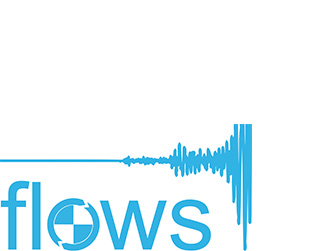
Authors: Hector Perea, Eulàlia Gràcia, Rafael Bartolomé, Sara Martínez-Loriente, Laura Gómez de la Peña, Ximena Moreno, Claudio Lo Iacono, Susana Diez, Olvido Tello, María Gómez-Ballesteros, Ben de Mol and Juanjo Dañobeitia.
Meeting: FLOWS 2016 meeting (https://www.flows-cost.eu/) (COST Action ES1301) in Barcelona (Spain).
We presented the Averroes faults and North Averroes faults in the Alboran Sea (western Mediterranean), their kinematics and evolution, and characterized their seismic hazard.
FAULT2SHA WORKSHOP

Earthquake ruptures can be accommodated in a complex manner by interaction among faults of very different characteristics and within a broad system, as it has been observed on recent large earthquakes (e.g. 2010 El Mayor Cucapah earthquake; 2016 Kaikoura earthquake). Modern seismic hazard assessment should thus be aimed at modeling fault-sources as an interacting system.
This 4th workshop of the Fault2SHA ESC Working Group was be devoted to complex-interacting earthquake fault systems, including discussion on available data (paleoseismological, geodetic, seismological, case histories) as well as on approaches for their modelling and integration into SHA. The meeting’s motto was “InterAction”. Not just because we wanted to debate about fault interaction as one of the main processes leading to complexity in active fault systems, but because we were looking forward to achieve effective communication between data providers, modelers and hazard analysts.
Program
The workshop consisted of three sessions, a roundtable and a debate session:
Session 1 – The EBSZ (SE Spain) lab: advances in earthquake geology research and seismic hazard modelling. The aim of this session was to analyze and discuss recent research work done specifically in the EBSZ and particularly on earthquake geology topics with implications in SHA, as well as seismic hazard models of the area.
Session 2 – Earthquake fault rupture and slip complexities: How-To OBSERVE them from field data. This session encompassed field research showing observations of complexity of earthquake fault systems: multi-fault ruptures, slip variations, ruptures on previously unknown faults, triggered ruptures, clustered and episodic behavior.
Session 3 – Earthquake fault rupture and slip complexities: How-To MODEL them in SHA. This session was devoted to research done on modelling multi-fault complex ruptures, as well as slip complexity, in fault hazard analysis.
Speakers: Eulalia Masana (Univ. Barcelona) and Belén Benito (Univ. Politécnica de Madrid)
Speaker: Kelvin Berryman (GNS Science, New Zealand)
Presentation: Observation of Fault Complexity from Recent Earthquakes
Speaker: Tom Rockwell (San Diego State University, USA)
Speaker: Bruno Pace (Università degli Studi G. d’Annunzio Chieti e Pescara, Italy)
University of Barcelona (UB): María Ortuño, Eulàlia Masana, Octavi Gómez-Novell, Gia Kzhazaradze, Robert López, Raimon Pallàs
Institute of Marine Sciences (ICM-CSIC): Eulàlia Gràcia, Hector Perea, Rafa Bartolomé, Cesar Ranero
IGME (Geological Survey of Spain): Julián García-Mayordomo
Supporting and Scientific committee (Fault2SHA Executive Committee members)
Oona Scotti (IRSN, France), Laura Peruzza (OGS, Italy), Bruno Pace (Università Chieti-Pescara, Italy), Francesco Visini (INGV, Italy), Lucilla Benedetti (CEREGE, France), Graeme Weatherill (GFZ, Germany), Joanna Faure-Walker (UCL, United Kingdom), Julián García-Mayordomo (IGME, Spain), María Ortuño (UB, Spain)
Financial support by the Universitat de Barcelona, the Institut de Ciències del Mar ICM-CSIC and the European Union’s horizon 2020 research and innovation programme under the Marie Sklodowska-Curie Grant Agreement No 6657769 (PALEOSEISQUAKE).



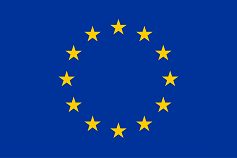
This project has received funding from the European Union's horizon 2020 research and innovation programme under the Marie Sklodowska-Curie Grant Agreement No 6657769
